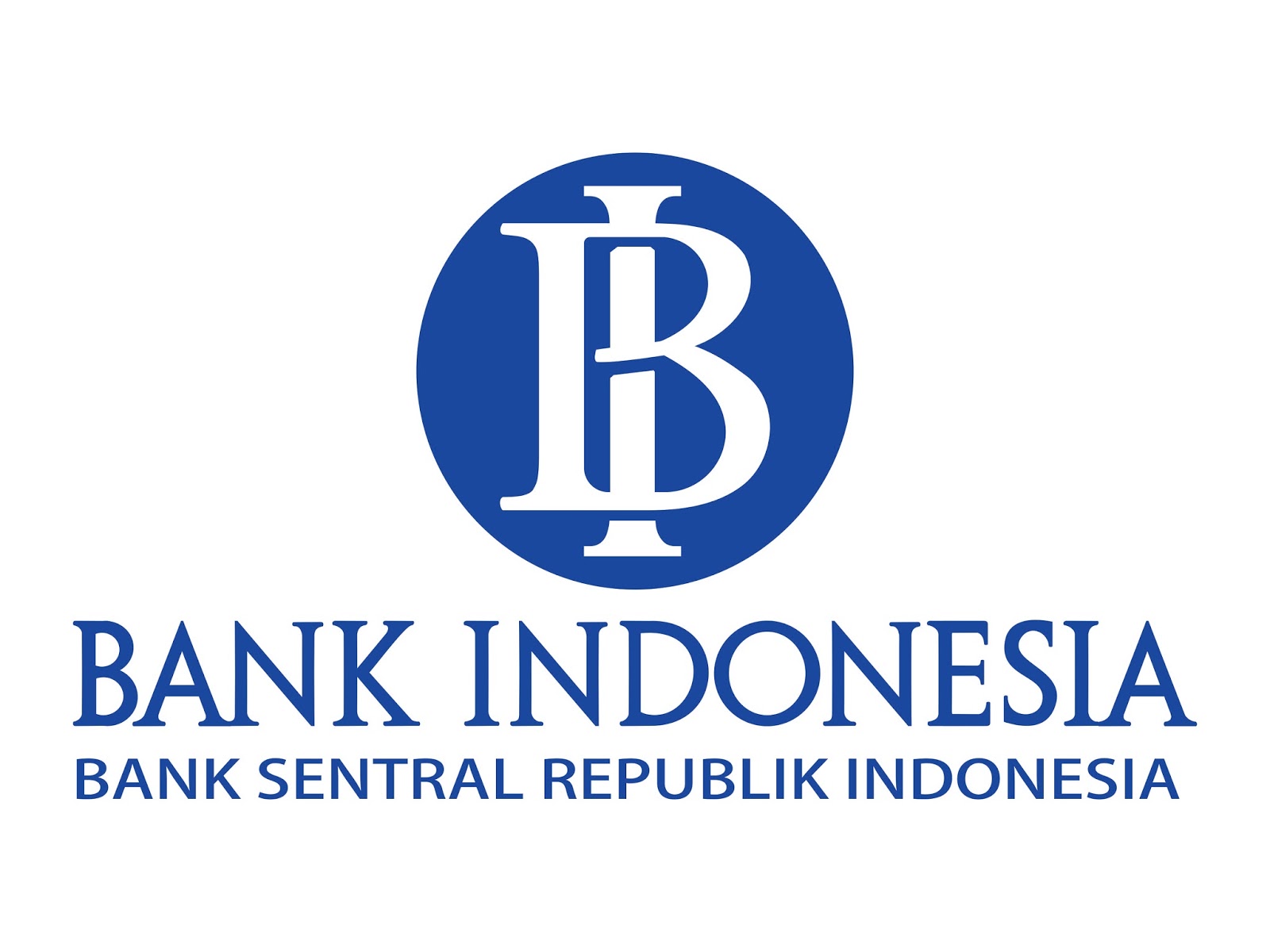Indonesia’s foreign debt recorded at 423.1 bln USD in Q3

Jakarta (Indonesia Window) – Indonesia’s external debt in the third quarter of 2021 was recorded at 423.1 billion U.S. dollars or grew 3.7 percent compared to the same period in the previous year (year-on-year/yoy), according to the central bank, Bank Indonesia.
That growth rate was higher than that in the previous quarter of two percent (yoy).
“This (increase) is due to the increase in the external debt growth of the public and private sectors,” said BI’s Chief Executive Director of Communications Erwin Haryono in an official statement here on Monday (Nov. 15).
Compared to quarter II-2021, the government’s external debt in quarter III-2021 grew by 4.1 percent (yoy) to 205.5 billion dollars, due to net repayments of loans with higher maturities of loans than drawdowns.
According to Erwin, this happened in the midst of the issuance of global debt securities, including the Sustainable Development Goals (SDG) Bond of 500 million Euros, which is one of the first conventional SDG Bond issuances in Asia.
Indonesia’s government external debt is prioritized to support the government priority spending, including accelerating the National Economic Recovery programs that covers the sectors on administration, defense, and mandatory social security (17.9 percent of the total government external debt).
Other expenses are for health services and social activities (17.3 percent), education services (16.5 percent), constructions (15.5 percent), as well as finances and insurances (12.1 percent).
“In terms of refinancing risk, the government’s external debt position is safe because almost all of external debts has a long-term tenor with a share of 99.9 percent of the government’s total external debt,” Erwin noted.
Meanwhile, the central bank’s external debt increased by 6.3 billion dollars to 9.1 billion dollars in the third quarter of 2021, mainly in the form of Special Drawing Rights (SDR) allocations.
In August 2021, the International Monetary Fund (IMF) distributed additional SDR allocations to all member countries, including Indonesia, aimed at supporting the global economic resilience and stability in the face of impacts of the COVID-19 pandemic, building confidence among economic actors, and strengthening foreign exchange reserves globally in the long term.
Erwin explained that the SDR allocation from the IMF is a special category and is not categorized as a loan because it does not incur additional debt interests and obligations that will mature in the future.
Private external debt in the third quarter of 2021 also grew by 0.2 percent (yoy), after contracting 0.3 percent (yoy) in the previous period. This was due to the growth in external debt of non-financial companies by one percent (yoy), slowing by 1.6 percent (yoy) compared to that in the quarter II-2021.
Meanwhile, external debt growth for financial institutions contracted by 2.7 percent (yoy), lower than that in the previous quarter of 6.9 percent (yoy). Thus, the position of private external debt in the third quarter of 2021 was recorded at 208.5 billion dollars.
The largest private external debt by sectors comes from the financial and insurance service, the procurement of electricity, gas, steam/hot water, and cold air, the mining and quarrying, and the manufacturing industry, with a share of 76.4 percent of the total private external debts.
“This external debt is still dominated by long-term external debt with a share of 76.1 percent of the total private external debts,” Erwin said.
BI assessed that the structure of Indonesia’s external debt remained under control as reflected in the ratio of Indonesia’s external debt to Gross Domestic Product (GDP) which was maintained at around 37 percent, or decreased compared to the ratio in the previous quarter of 37.5 percent.
Indonesia’s external debt remains dominated by long-term external debt, with a share of 88.2 percent of total external debts.
In order to maintain a healthy external debt structure, the central bank and the government continue to strengthen coordination in monitoring the development of external debt, based on prudential principles in its management.
Reporting by Indonesia Window

.jpg)








